In the age of ubiquitous cloud computing, the rise of streaming services feels like old news. Of course we love streaming! For consumers, prices are lowers, libraries bigger, and services suddenly bespoke. What could be better?

While services like Facebook have received the brunt-end of public outrage for their use of consumer data, Spotify has managed to stay under-the-radar despite its aggressive data collection practices – which are commonplace across the “app” industry.
How has Spotify managed this? By giving users just enough value for their data in return. Features like custom playlists, API tools, and social/UI features shift public perception of Spotify from a looming corporate data farmer to an enlightened data despot.
Yet upon further inspection, I believe Spotify could be doing more for both its common consumers/users and less-common developers and amateur artists folk like me.
God-ify?
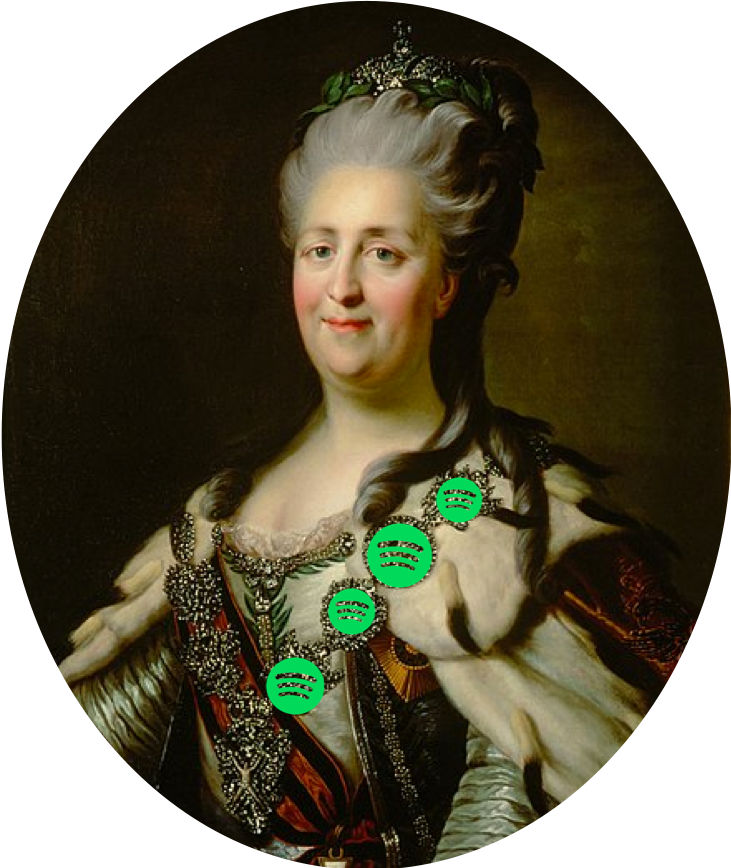 Spotify has taken the approach of many successful despots like Catherine the Great:
Spotify has taken the approach of many successful despots like Catherine the Great:
- give the masses exactly enough to keep them satisfied
- promote cultural arts and works, especially those with nationalist (aka Spotify-centric) agendas
Spotify uses a variety of techniques like collaborative filtering to create custom playlists (this is also how Netflix recommends content). For most consumers, this feels like magic – a gift from a god-like entity that knows your tastes to-a-tee.
However, given Spotify’s resources and capabilities – a $23 billion dollar company with 3000+ employees (~40% of whom are developers), I propose more could be done for both the normal consumer, and the developers and artists that use the platform.
Your Data, Under Wraps
I now invite you to peel back the despotic façade and consider the following example: recently you may have revered Spotify for compiling a playlist of your top 100 songs of the year, presented to you as your year “wrapped”.


The implications of the word are twofold. First, the year is over – in other word, “thats a wrap!” – Wow! Another year has come and gone.
Yet a second, more insidious insinuation is also there. The word “wrapped” coming in at the holiday season is also designed to make one think this summary data is a gift – wrapped up just for you to unpack and explore. As in: ‘wow, thanks for the special present, Spotify!’
The question I pose to you is: Why isn’t this information available year-round?
You, right now: ‘🤔uhm idk… maybe I could make that playlist if I wanted to…’
Go ahead and try. I’ll be right here.
.. you can’t do it can you?! All that’s available is the standard recommended songs to add and a million ways to share your empty, ‘dumb’ playlist.
Compare this to the days of music downloads, mp3 files, torrents, and iTunes metadata. (I was one of those people that added album art to each of my music files so that they would appear on my iPod).
Even back then, iTunes offered to tools to make truly custom, dynamic playlists – dubbed ‘smart playlists’.
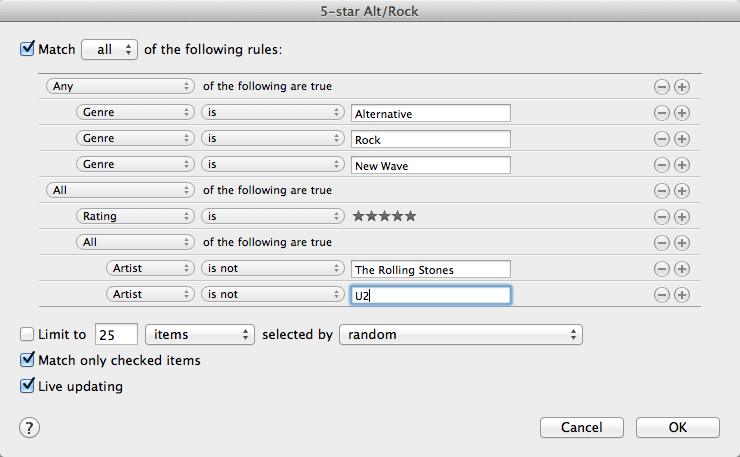
There is nothing close to this interface available on Spotify – unless you are a skilled developer, that is. So in comparison, one can see that a lot of control over “our” music data has been ceded in exchange for new capabilities.
⚠️ For some people an internal alarm bell may be ringing for the first time. Given Spotify’s capabilities, am I really getting that much in return? We are in a state of serfdom, with Spotify as our landlord, our vassal, our despot.
🚨 It may also be alarming to re-learn just how much information Spotify is taking in exchange for these “gifts”. This article lays out the data they collect, including some provocative data points such as:
- What brand of headphones you listen on 🎧
- What point within songs the volume was changed ⏱
- Every conceivable user interface interaction, even the resizing of window 🖥
Yet despite these concerns, I think we can agree Spotify does a good job of keeping consumers happy. Overall we’ve given up some of our old mp3 era freedoms for unprecedented access:
| Category | Lost | Gained |
|---|---|---|
| Data Ownership | Local data – access and modify mp3 files on your computer | Global library – stream your library from any logged-in device |
| Playlist Tools | Modify, sort, filter, and display your songs based on metadata (smart playlist) | Auto-generate playlists and good social collaboration capabilities |
| External Media | Add any media you own (burned from a CD, etc.) | Add certain media with specific playback conditions |
The moral of the story: it’s not ‘your’ music data anymore, and it’s not ‘your’ usage data anymore either – you’re paying for access, and that’s it.
With that being said, I would also like to applaud Spotify for setting up an infrastructure conducive to support and community discussion. Such a community is not necessary to Spotify’s core business (except perhaps vaguely through ‘engagement’) and so it’s a good sign that they have it. 👏
So given this new data relationship, all I ask is that as consumers we make our voices heard. Help Spotify orient their product towards our needs. Tweet your thoughts. Upvote good feature requests.
For example, here’s one about making smart playlists. Go upvote it. Here are some other request I thought were interesting – some are partially implemented, but the devil is in the details:
- ⭐️Sort playlist by most recently added – on mobile this is impossible and it drives me insane as I try to navigate this giant, super-fire collaborative playlist now with 100’s of songs – please upvote this one ⭐️
- Opt-out of certain artists or content (also here) – for when Kanye is officially on your shit list
- The hotly debated “dislike” button – for artists, specific songs, etc.
- Set lists for concerts 💖 – this would be fantastic, though resource intensive
- Synchronized listening with friends
Beyond Consumption – Spotify API Limitations
Now… for the developers out there – raise your hand if you’ve failed to connect to the Spotify API in a meaningful way. 🙋♂️
As part of a data art project, I used my 2017 top 100 playlist to create a data self portrait. Creating this portrait introduced interesting questions and challenges relating to ‘my’ music data ownership, availability, and use. The challenges of wrangling my information, which I outline in detail here, involved many manual steps including:
- Finding and using a tool to extract my Spotify playlist information/metadata
- Finding and using a tool to collect mp3 files of the songs in my playlist
- Cleansing and organizing the mp3 file data
I’m not the most talented developer out there – but I was shocked at how long it took me to convert my project idea into a working piece. Even now there are features that require connecting to the Spotify API that are just beyond my capabilities.
These difficulties arise from the tight grip Spotify has to maintain on what data goes where, and for what reason. From their developer docs, here are the things you can’t do with the API (TLDR; a lot of things):
1. Alarms / Alert Tones: Utilizing or modifying Spotify song clips for alarm and/or alert integrations. 2. Business-to-Business (B2B): Business-to-business, enterprise-facing integrations or “one to many” use cases. 3.Content-saving: Enabling users to save or download Spotify content (eg. ripping songs, downloads of cover art). 4. DJ/Mixes: Using Spotify’s catalog to mix multiple tracks into one without prior approval. 5. Games / Trivia Quizzes: Incorporating Spotify into any gaming or quiz functionality without prior approval. 6. Hi-Res Audio: Converting and/or playing audio in a higher resolution than provided by Spotify. 7. Integration with 3rd party services: Enabling users to access playback from competing streaming & digital services (eg. transfer metadata directly/indirectly and/or to another competing music service). 8. Content Alteration: Editing Spotify’s metadata, artwork and recordings, including making them accessible as clips (eg. equalization or booster apps). 9. Synchronization: Syncing sound recordings accessed via the Spotify Platform with other recordings, lyrics and/or visual media. 10. Taste Profiles: Using Spotify data to create profiles of user tastes or dynamically created playlists (i.e. algorithmically-generated playlists similar to our Discover Weekly.) 11. Voice-Control: Using Spotify’s tools to build voice-enabled experiences. 12. White-Labeling: Offering track playback, metadata, cover art or audio previews behind a paywall or charging as a standalone product.
This list may leave you wondering… what can I even do with the Spotify API?
Creative Coding with Spotify
The developer showcase gives some great examples of what can still be done given these restrictions including – you guessed it – some basic smart playlist capabilities.
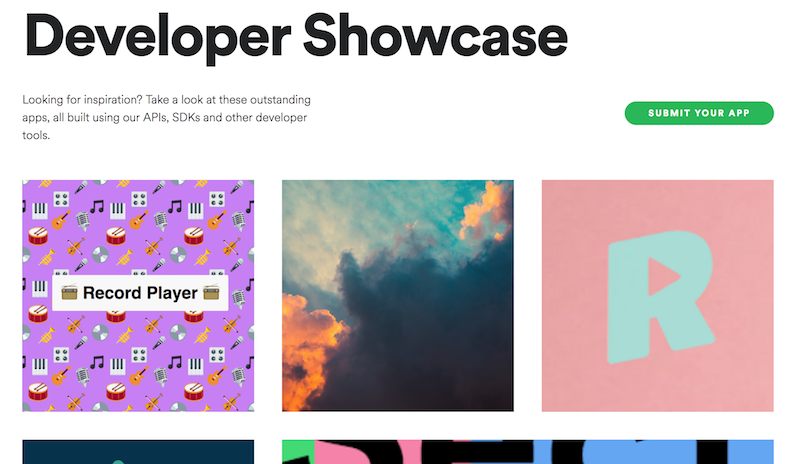
But even these crème de la crème project leave something to be desired. The projects are either limited in functionality or usefulness. I personally don’t see myself returning to use any of these tools.
Here at ITP we usually make projects that are more creative, less utility-driven – like this game from the showcase. These creative coding projects usually require access to the more-eccentric aspects of the data, or aim to use the music data as an input to a creative end.
For these types of projects, the Spotify API doesn’t offer much. The tight grip on the content and metadata – locked behind an oAuth hurdle – limits the viability and accessibility of these projects.
In other words, we just can’t make fun weird stuff with the Spotify API.
Much Ado About Nothing
Ultimately these restrictions on creative use of Spotify data aren’t necessarily Spotify’s fault. The company can’t violate the terms of contracts they’ve made with artists, labels, and other organizations just so some wacky project idea can be realized.
Streaming has already upended the music industry’s business model – succinctly described in this blog post and summarized below:

This new business model gives rise to its own universe of supporters and critics which can be explored through this article… but it’s clear that Spotify is not yet the platform for creative coders to access the unlimited data that is apparently available.
Let’s face it – developers’ and artists’ desires alone won’t entice Spotify to upend this model (again) – especially when their current model still needs perfection. But perhaps if this despot is as enlightened as we feel they are, the battalions of developers can find a solution – perhaps through automated creative commons license checks via machine learning.
Again from Spotify’s IPO prospectus the following commitment: “We will continue to invest in our artificial intelligence and machine learning capabilities to deepen the personalized experience that we offer to all of our Users”.
Given these considerations, I am hopeful that Spotify will continue to find ways to enable users to explore and share the wonderful world of sound and media, sparking a creative “golden age” truly befitting of an enlightened despot’s reign.
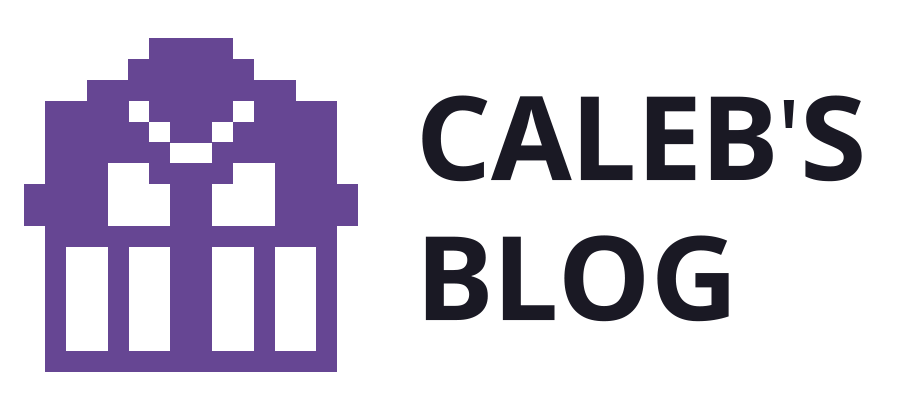
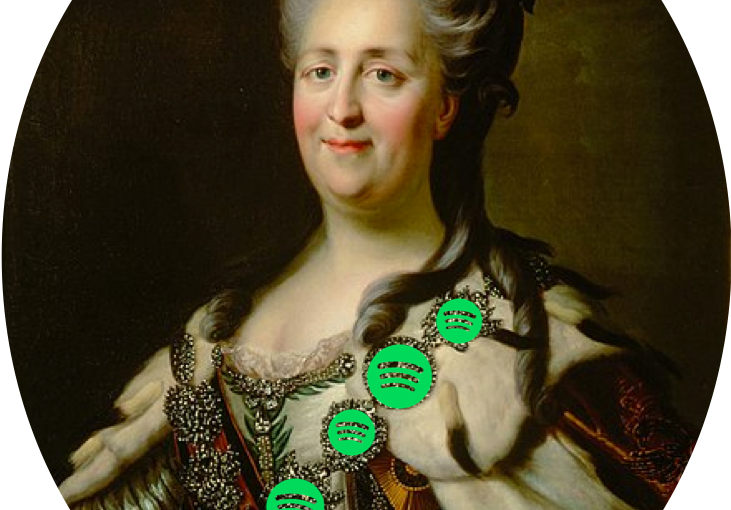
2 replies on “Spotify – The Enlightened Music Data Despot”
[…] technologies like cloud computing, media streaming, blockchain, and the internet itself promised decentralization and democratization; but have also […]
Invite Bloggers and Webmasters to Fill out Paid Surveys
I’m Andrews from Biglep.
We are working with Inboxdollars to provide bloggers another opportunity to earn cash.
After joining Inboxdollars, you will be able to get rewards by sharing your opinions online.
Paid surveys are ready to be sent to you: https://www.biglep.com/paidsurvey
Regards,
Aracely P. Andrews
Unsubscribe: https://www.biglep.com/unsubscribe